José Hernandez, Astronaut: A Biography and Resources for Kids
Inside: Learn about the life and career of astronaut José Hernandez, with lesson ideas for teachers.
Featured image: “jsc2004e21435” (CC BY-NC 2.0) by NASA Johnson
José Hernández’s remarkable rise from the fields of California to outer space inspires kids across the United States. His story is also the inspiration behind the 2023 film A Million Miles Away.
Hernández recounts the moment he heard of the first Hispanic-American to travel to space, when he was a high school senior:
“I was hoeing a row of sugar beets in a field near Stockton, Calif., and I heard on my transistor radio that Franklin Chang-Diaz had been selected for the Astronaut Corps. I was already interested in science and engineering, but that was the moment I said, ‘I want to fly in space.’ And that’s something I’ve been striving for each day since then.”
José Hernández did eventually fly into space, and has since become an advocate for immigrants and workers like himself.
Related: 40 Famous Latinos Who Changed the World
Fast Facts about José Hernandez
Birth: August 7, 1962
Birthplace: Stockton, California (French Camp was the actual city)
Family: Adela, spouse, 5 children
Education: University of the Pacific (B.S. in Electrical Engineering), University of California, Santa Barbara (M.S. in Computer and Electrical Engineering)
Famous For: NASA Astronaut
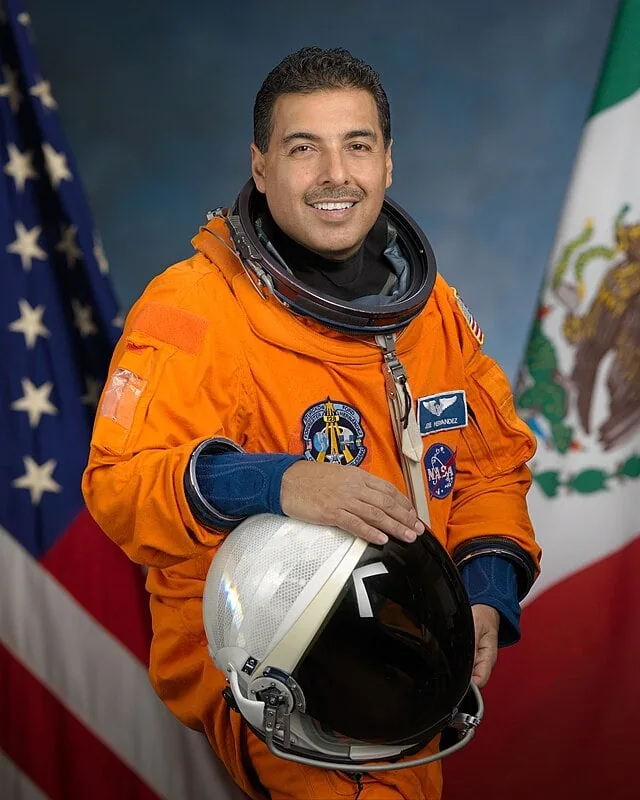
José Hernández Biography for Kids
José Hernandez’s career involves quite a bit of technical language: Before diving into his more complete bio, here is a simplified text that may be useful for students!
José Hernández was born August 7, 1962 in Stockton, California. His family were migrant farm workers. Every year, he would travel from Mexico to California with his parents and three siblings. They would work in the fields from March to November, returning to Mexico for Christmas.
José did not speak English proficiently until he was 12, and was constantly switching schools as the family moved and worked. However, he knew from a young age he wanted to be an astronaut and worked hard in school. He watched the last Apollo flight take off live on TV in 1972. While picking beets, he heard on the radio about the first Hispanic-American astronaut to go to space, Franklin Chang-Diaz.
When José told his dad he wanted to be an astronaut, his father replied, “I think you can do it.”
After graduating high school, he studied engineering at the University of California, eventually getting his master’s degree in computer and electrical engineering.
He then began working at Livermore National Laboratory, where he started applied to NASA. He was rejected 11 times, but finally accepted in 2004. José finished his Astronaut Candidate training 2006, which included phsyical training, wilderness survival training, scientific training, and more.
José finally went on his first space mission in 2009, on the Space Shuttle Discovery. The mission was called STS-128. The crew was in space for 14 days and orbited the earth 217 times. They did three spacewalks and delivered 18,000 pounds of materials to the station.
When José was in second grade, one of his teachers, Miss Young, had encouraged his parents to stay in Stockton so José could get a better education. José separated one of the tickets to watch the launch at NASA for Miss Young.
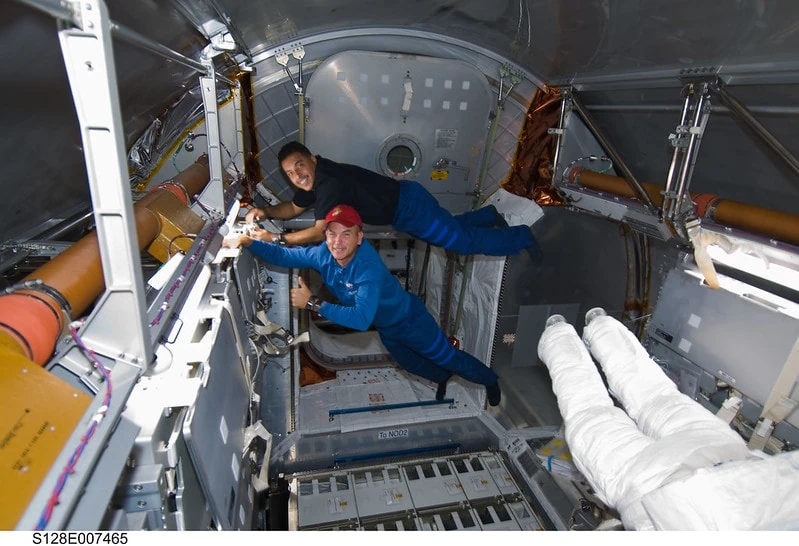
José sent the first tweet ever from space, in Spanish, wishing the U.S., Mexico, and other Latin American teams good luck in the upcoming world cup. He also gave a live salsa dance lesson, and made taquitos and burritos for his fellow crew members!
Due to weather conditions, the crew landed in California, at the Edwards Air Force base. I ronically, this was less than a 100 miles away from where José once picked strawberries as a child.
Jose retired from NASA in 2011, and now has own company, Tierra Luna (Earth and Moon). He owns land in California and his family grows grapes and other crops there.
He encourages children to follow their dreams and study math and science, and wrote a book about his life to inspire others. Amazon Prime has made a movie about his life starring Michael Peña.
YouTube Biography Videos about José Hernández
You can see the trailer here (preview before showing to kids, of course!):
ABC News Spot on José Hernández. In includes interviews with his father as well. (8min, 48s):
José Hernández biography (3min 27s)
Quotes from José M. Hernandez
1. “Don’t ever, ever, ever give up on yourselves, because you can do it.”
– José M. Hernández
2. “It’s worth dreaming big when you are willing to put in the work that is needed to accomplish the goal you have. Obviously,the more difficult the goal, the more you will have to work…but everything is possible, and you should dare to dream big.”
– José M. Hernández
3. I had to leave this world to come to the realization that we are all just one.”
– José M. Hernández
4. “I think we can all reach our own stars if we follow my parents’ recipe: Identify your goal, determine how far you are from achieving it and create a place to reach it. Then do well in school and work hard. And don’t forget my secret ingredient: never ever give up!”
– José M. Hernández, The Boy Who Touched the Stars / El niño que alcanzó las estrellas
5. “I gravitated towards math because 1 + 3 is 4 in any language.”
– José M. Hernández
6. “Like my dad told me, there’s no shortcuts. You gotta do the work.”
– José M. Hernández
7. Now it’s my turn!
– José M. Hernández
8. I would tell the educators out there that, you know, they do make a difference for every word that they say…. Kids are like sponges and they will capture it. So, whenever they feel like they’re not making a difference, you know, they shouldn’t, they shouldn’t get down on themselves because they do make a big difference.
– José M. Hernández, Astronaut Candidate Interviews with NASA
9. “It was a strange place to find myself, being evaluated by the person who gave me the motivation to get there in the first place. But I found that we actually had common experiences — a similar upbringing, the same language issues. That built up my confidence. Any barriers that existed, he had already hurdled them.”
– José M. Hernández, on being interviewed by Franklin Chang-Diaz
10. “I work for the U.S. government, but as an individual I have a right to my personal opinions. Having 12 million undocumented people here means there’s something wrong with the system, and the system needs to be fixed.”
– José M. Hernández (Hernández has sparked controversy with his statement in defense of immigrants and criticism over the current immigration system)
Childhood and Education
José Hernandez was born into a family of migrant farm workers. Until the age of 12, José only spoke Spanish. The family would travel “the California circuit,” from March to November, following different crop seasons and traveling back to Mexico for Christmas.
Because his family was constantly moving, he had to change schools countless times and help work in the fields. Still, Hernández did his best and worked hard in his classes.
Hernández José benefited from programs that assist students from disadvantaged backgrounds, academically. In high school, he was part of Upward Bound, and in college he participated in MESA (Math, Engineering, Science Achievement).
Despite the educational obstacles he faced in his childhood, HernándezJosé graduated from Franklin High School, got his B.S. in engineering, and went on to earn a full scholarship for his graduate studies.
Career
For the first decade of his career, HernándezJosé worked at Lawrence Livermore National Laboratory (LLNL) in California, from 1987 to 2001. While there, he worked on a variety of projects and teams.
HernándezJosé was part of the team that created the first full-field digital mammography system. This was an important contribution to achieving earlier detection of breast cancer.
From 1991 to 1994, Hernández worked in a group that develop quantitative x-ray film and x-ray laser imaging techniques, as part of the Strategic Defense Initiative Program.
From 1996 to 1999, Hernández was part of a highly specialized team to reduce the threat of nuclear proliferation and nuclear terrorism. From NASA.gov, he was:
Responsible for the implementation of a signed bilateral agreement between the U.S. and Russian Federation for the U.S. purchase of highly enriched uranium (HEU) in the form of low enriched uranium (LEU) derived from the dismantlement of Russian nuclear weapons. Responsibilities included utilizing national laboratory resources for the purpose of ensuring the U.S. government that the LEU purchased was derived from dismantled nuclear weapons.
For his last two years at LLNL, he focused on managing Department of Energy assets (DOE), as part of the continuing agreement between Russia and the U.S. to protect national security and handle Russia’s nuclear weapons complex.
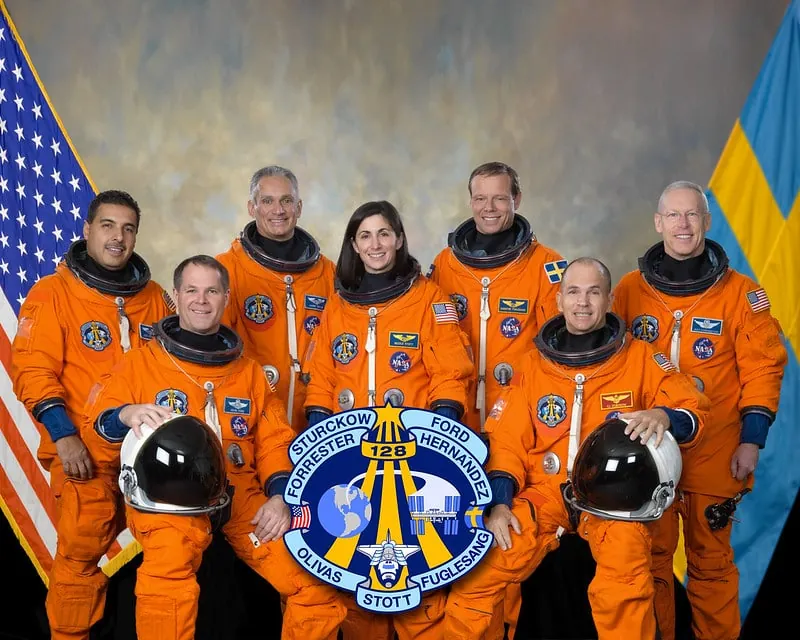
José Hernández, Astronaut
In 2001, Hernández’s childhood dream came true: he joined the Johnson Space Center in Houston, Texas.
He still had to apply to become an astronaut, and was accepted in Astronaut Candidate Class of 2004. Hernández completed his Astronaut Candidate training 2006. The intensive training included physiological training, wilderness survival training, scientific training, and more.
Before actually going to space in 2009, Hernández contributed to the mission of the space center. He was a Materials Research Engineer (and later named chief), in the Materials and Processes Branch.
From NASA.gov, he oversaw dozens of employees and contractors:
Responsible for the oversight of the branch’s activities in the areas of materials and processes, fracture control, non destructive evaluation, failure analysis, and nano materials research. More specifically, managed branch resources to address materials usage issues with respect to flammability, toxicity, contamination, space environment compatibility, and corrosion. Materials testing and fracture control analysis of flight and non-flight hardware were also significant activities within the branch. Served as the project lead for the development of a space qualified bore scope for future on-orbit EVA inspection applications.
He worked on launches and landing preparations at the Kennedy Space Center
Hernández went to space on the Space Shuttle Discovery in 2009, as mission specialist and flight engineer. The 14-day STS-128 mission was the 30th mission to the International Space Station. The crew orbited the earth 217 times. They did three spacewalks and delivered 18,000 pounds of materials to the station.
Hernández sent the first tweet ever from space, in Spanish, wishing the U.S., Mexico, and other Latin American teams good luck in the upcoming world cup. He also gave a live salsa dance lesson, and made taquitos and burritos for his fellow crew members!
Due to weather conditions, the crew landed in California, at the Edwards Air Force base. Ironically, this was less than a 100 miles away from where Hernández once picked strawberries.
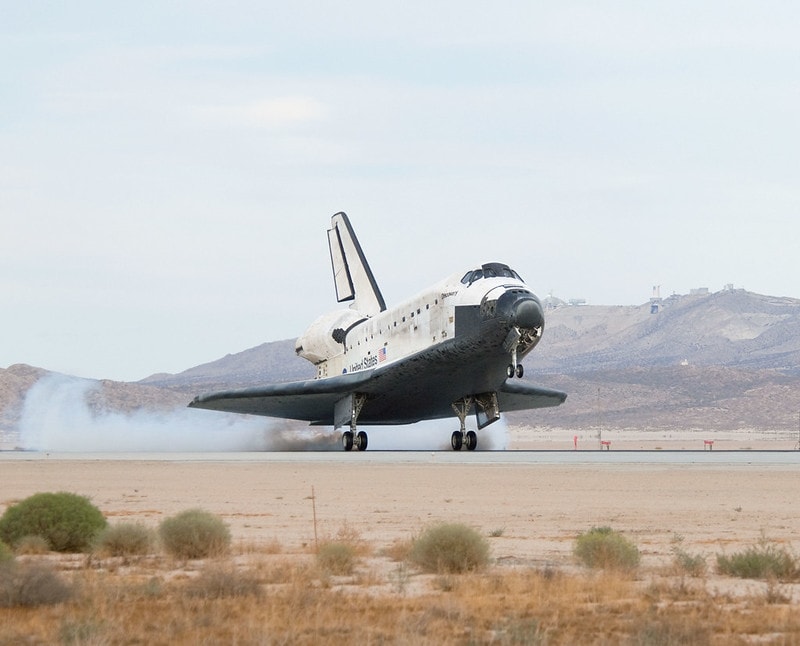
After the mission, Hernández worked at NASA headquarters in Washington D.C., using his expertise to liaison with Congressional members, working on NASA’s annual budget package, supporting national laboratories, and the continued development of space policy.
Life After Nasa
Hernández retired from NASA in January, 2011.
He has written several books, including his autobiography “Reaching for the Stars,” and the children’s version, “The Boy Who Touch the Stars.” He wants to encourage children like himself to pursue education and their interest in STEM.
Hernández is a former candidate for U.S. House of Representatives in the 10th California Congressional District, but lost his campaign.
He is now the CEO of Tierra Luna Engineering, LLC. Hernández bought his own land, near where his family worked during his childhood, and farms part time.
Here, he works on his areas of interest that include aerospace consulting, renewable energy, and Science, Technology, Engineering, and Math (STEM) outreach. Projects he has worked on include serving as the technical liaison to Mexico’s Secretaria de Comunicaciones y Transportes (SCT)… He also ensured the launch and orbit placement of the three satellites with three different launch service providers. Current activities include serving as a visiting professor at the Universidad Autonoma del Estado de Puebla (UPAEP) in Puebla, Mexico.
– GDA Speakers
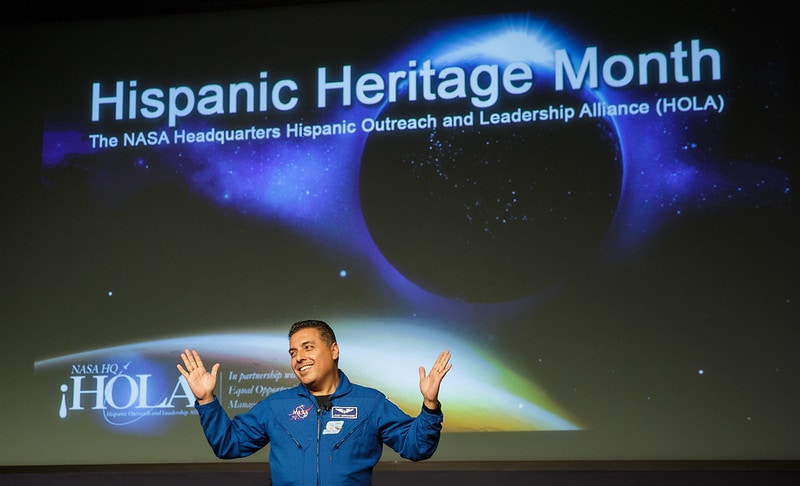
Awards:
- Hispanic Hero Award (2016)
- Honorary Ph.D. Science and Engineering, University of the Pacific, Honoris Causa, 2006
- NASA Service Awards (2002, 2003)
- Lawrence Livermore National Laboratory, Outstanding Engineer Award (2001)
- U.S. Department of Energy, Outstanding Performance Commendation (2000)
- Society of Mexican American Engineers and Scientists (MAES), Medalla de Oro for Professional and Community Contributions (1999)
- Hispanic Engineer National Achievement Award, Outstanding Technical Contribution (1995)
Image Credits:
“Aspira con NASA/Aspire with NASA Hispani” (CC BY-NC-ND 2.0) by NASA HQ PHOTO
“STS128-S-002” (CC BY-NC 2.0) by NASA Johnson
“STS128-S-045” (CC BY-NC 2.0) by NASA Johnson
“s128e007465” (CC BY-NC 2.0) by NASA Johnson
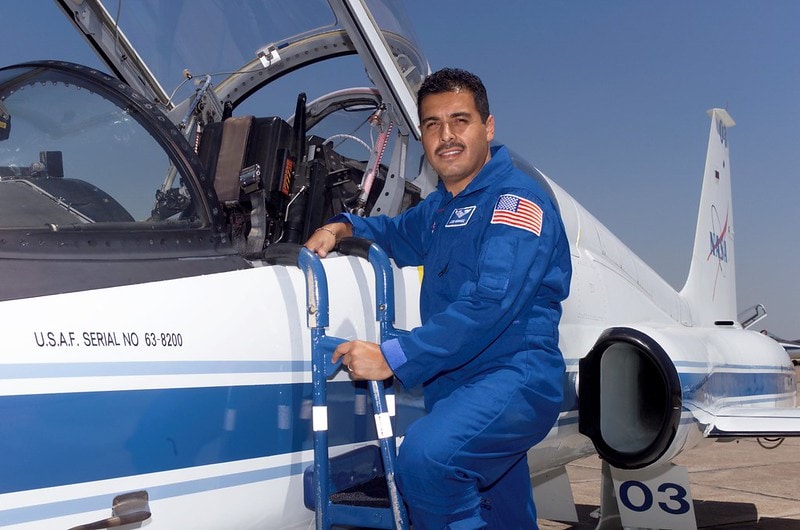
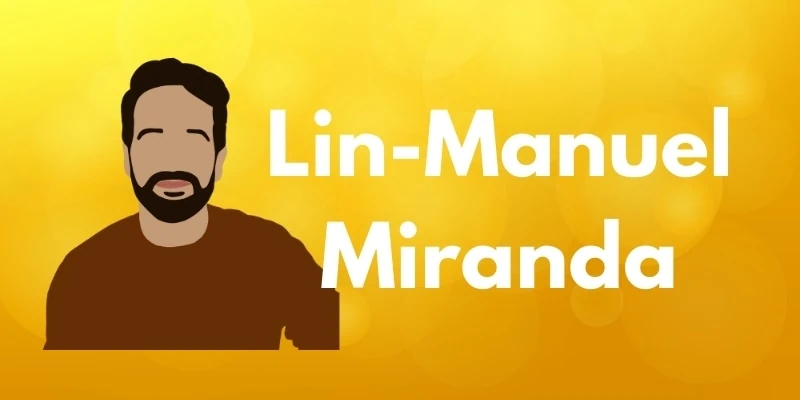

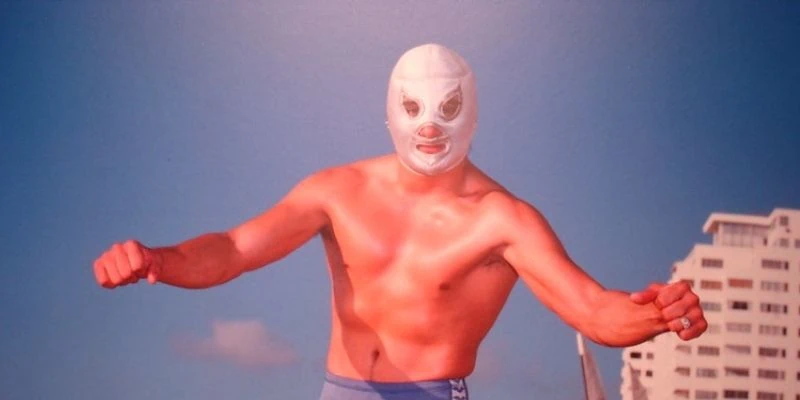
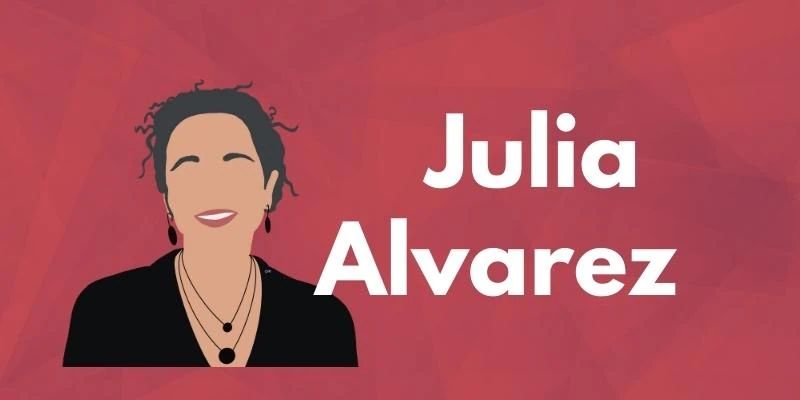
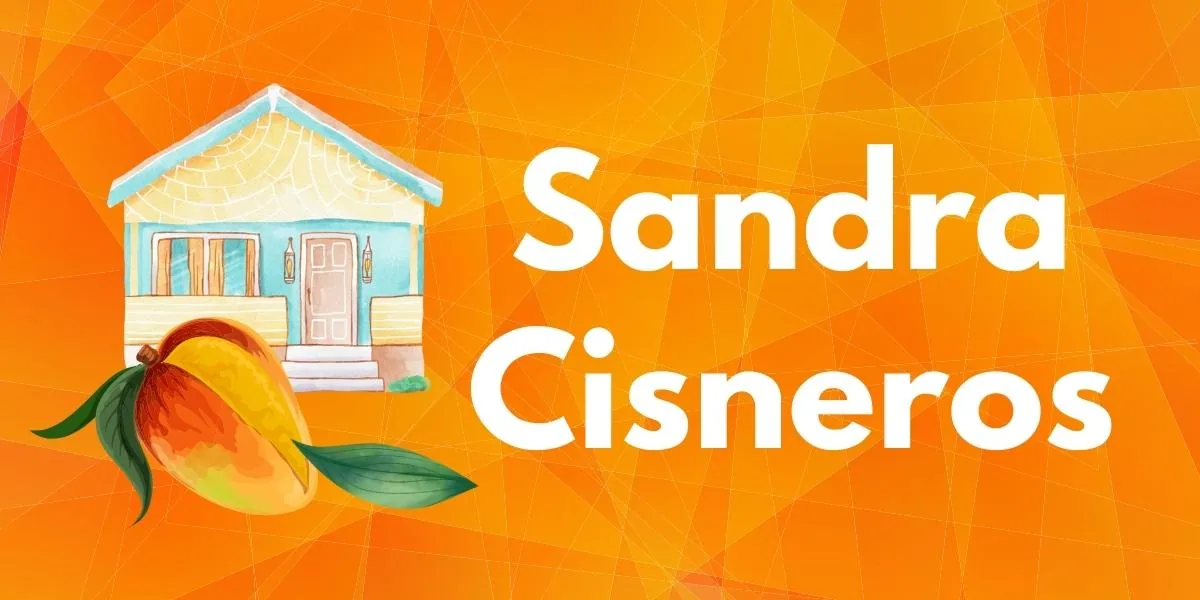
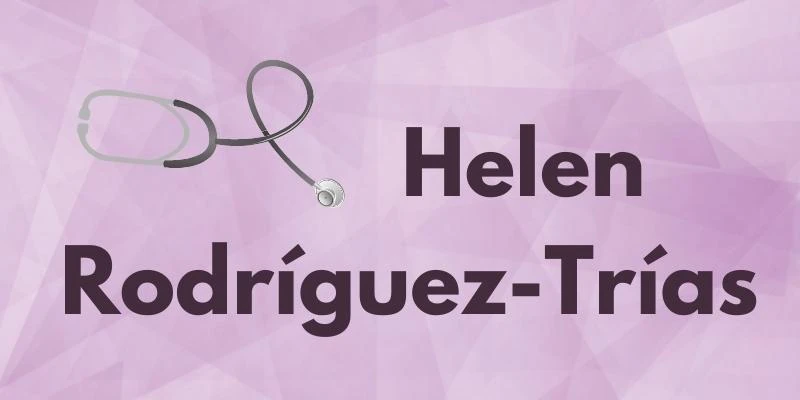
Your information about Jose Hernandez being born in the USA is incorrect. He was born in Michoacan, Mexico, and came to the USA when he was around 6-7 years old with his family as farmer workers.
Hi! From my research, all records seem to indicate that he was born in French Camp, California (though many cite nearby Stockton because it was later his hometown). His family was from Mexico and traveled to the U.S. during the growing and harvesting season as migrant workers, and from everything I can find he was born during one of those times they were in California.
https://www.nasa.gov/sites/default/files/atoms/files/hernandez_jose.pdf
I’m happy to update my information if you can point me to a source that shows shows he was born in Michoacán?